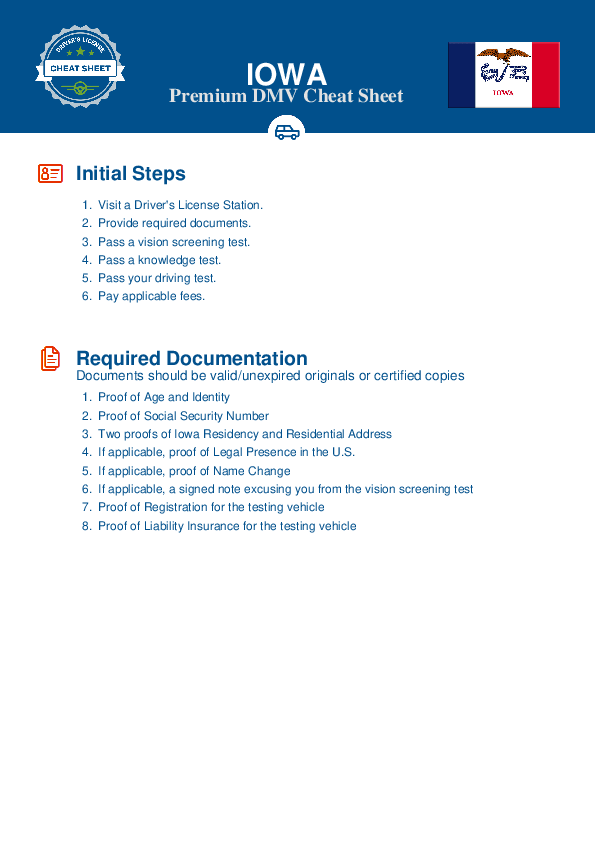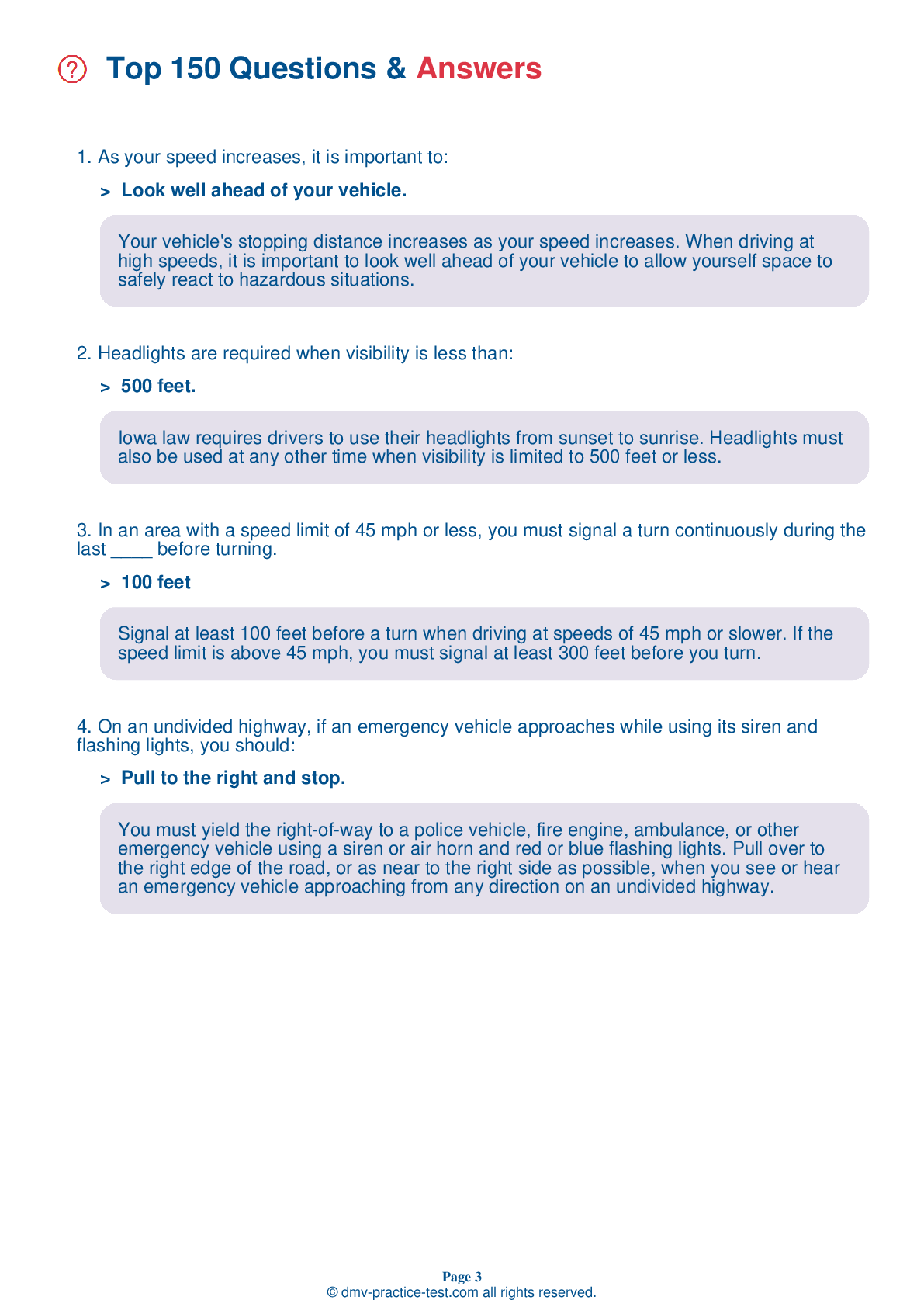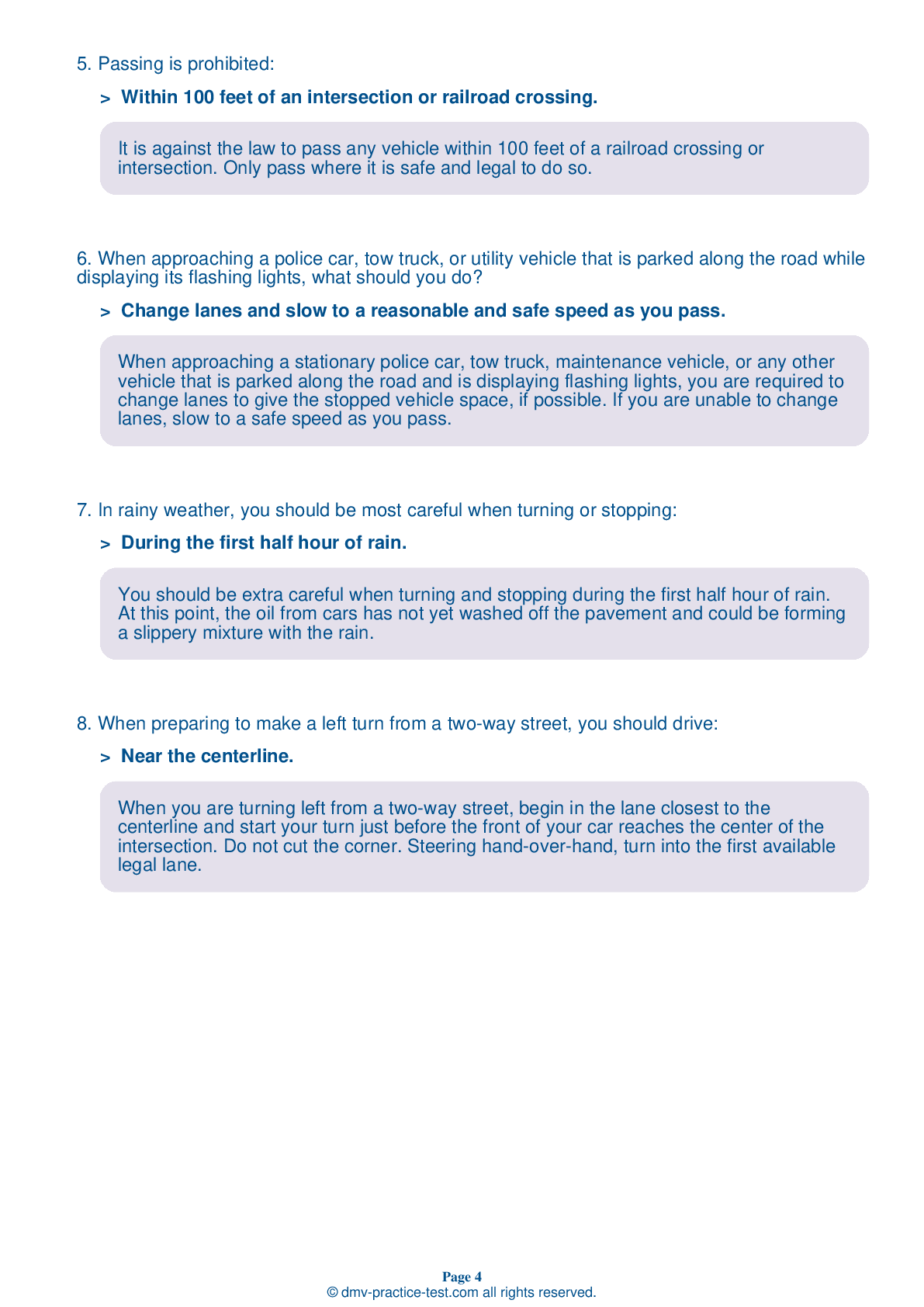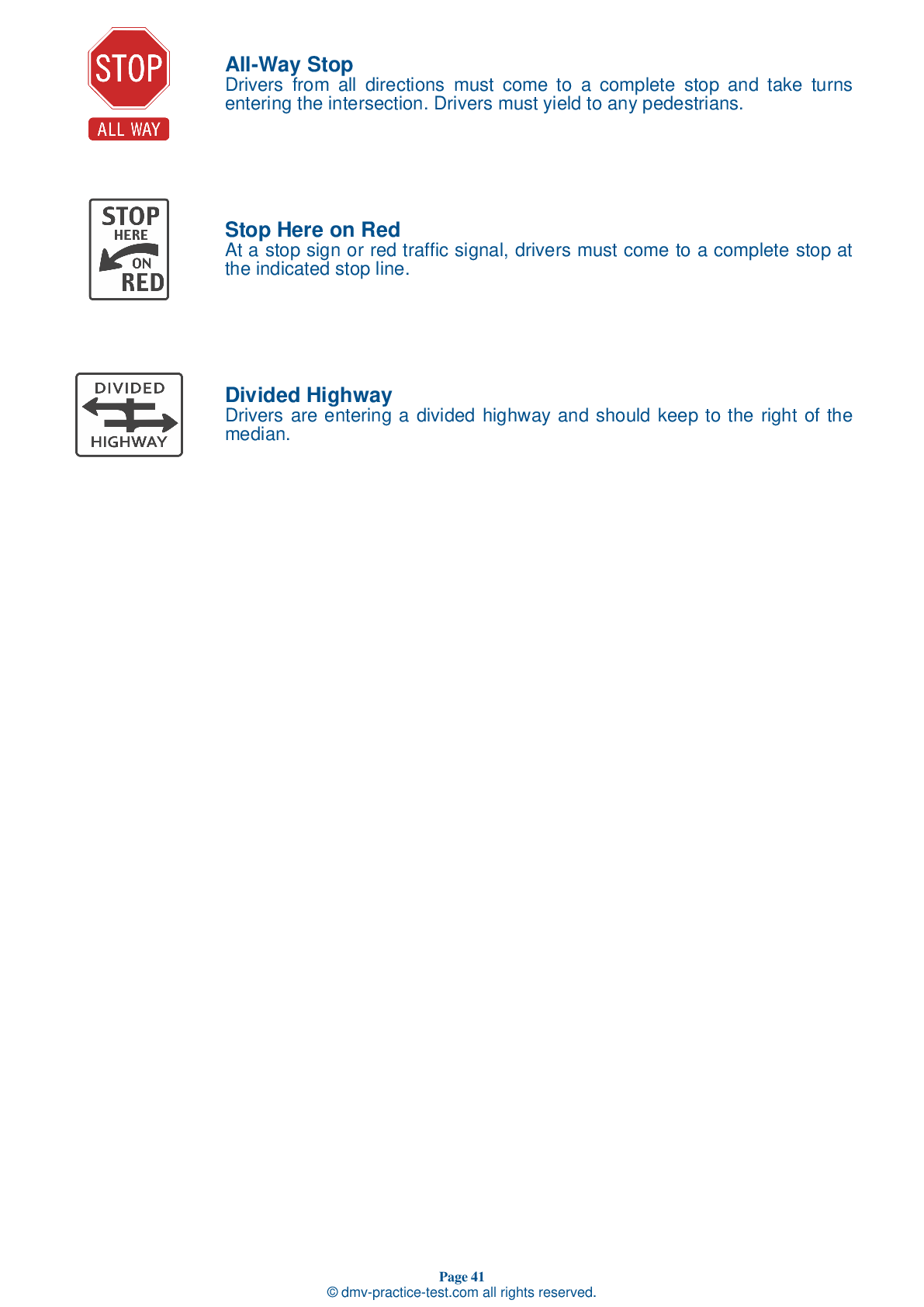FREE Iowa DMV Practice Test #14
The DMV practise tests in Iowa have been updated for January 2025. It comprises questions based on the most important traffic signals and legislation for 2025 from the Iowa Driver Handbook. To study for the DMV driving permit test and driver's licence exam, use actual questions that are very similar (often identical!) to the DMV driving permit test and driver's licence exam.
Each question on the practise exam has a tip and explanation to help you recall the ideas. Questions about traffic rules, traffic signs, and driving statutes, as well as information from the Driver Handbook, will be included in the written portion of the official Iowa DMV test.
You must properly answer 28 of the 35 questions to receive a passing mark. To help you prepare for your Iowa instruction permit or driver's licence, take our DMV practise test.
The DMV exam is offered in a variety of languages.
Using any form of testing help will result in an automatic fail, and the DMV may take further action against your driver's licence, so avoid it.
1 . You hit a parked vehicle and can't find the owner. What must you do?
If you hit a parked vehicle or other property, you must leave a note with your name, phone number, and address securely attached to the vehicle or property that you hit.
2 . If your vehicle starts to lose traction because of water on the road, you should:
When driving in heavy rain at speeds as low as 30 mph, your tires may lose all contact with the road and instead ride up on a layer of water above the surface of the road. This is called "hydroplaning." If your vehicle starts to hydroplane, slow down gradually and do not apply the brakes.
3 . Signaling your intentions before turning, changing lanes, or driving away from a curb:
When changing lanes or turning, signal your intentions well in advance. The law requires that you signal for at least 100 feet before you move your vehicle to the right or left. Before pulling away from a curb, always signal to inform passing drivers of your intentions.
4 . At night, it is hardest to see:
Compared to signs and other roadside objects, pedestrians are hardest to see at night.
5 . When driving behind another vehicle at night, you should:
Use high beam headlights only when driving in rural areas and when other cars are not nearby. Lower your headlights to their low beam setting when you are following closely behind another driver.
6 . This sign means:
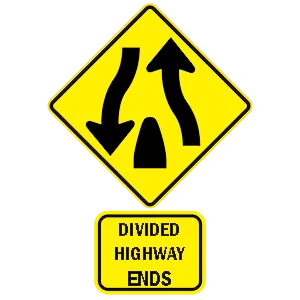
Warning signs are usually diamond-shaped with black markings on a yellow background. They alert drivers to upcoming hazards. This sign indicates that the divided highway is about to end.
7 . If you miss your exit on the freeway, you should not:
If you miss your turn or exit, do not back up in the travel lane or on the shoulder. Continue to drive to the next exit or crossroad. Drivers do not expect a vehicle to be backing toward them on the roadway and doing so will likely cause a collision.
8 . You may not cross a single broken white or yellow line:
You may cross a single broken line to pass or change lanes as long as you can do so safely and without interfering with traffic.
Need Car Insurance? No problem!
Compare the best rates in Iowa and find a personalized policy that meets your needs.
1. Are You Currently insured ?
2. Married ?
3. Do you own your Home?
4. Do you have more than 1 car ?
5. Have you or a Family Member Honorably Served in U.S. Military ?
6. Your Name
7. Age
8. Zip code
IMPORTANT REMINDER:Auto Insurance is Mandatory to drive in Iowa. Get covered before you hit the road to avoid any fines.
Ranked by best match
